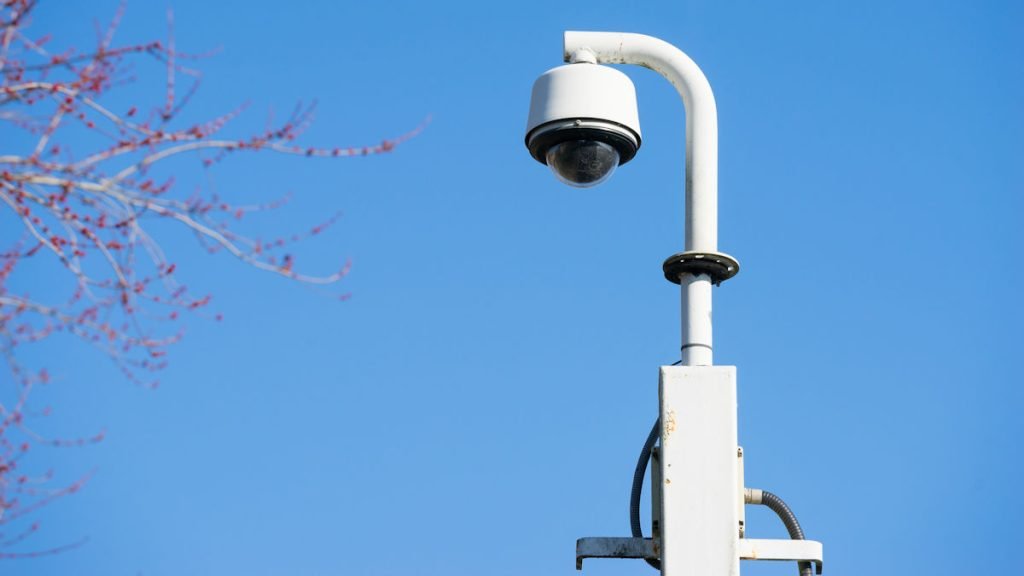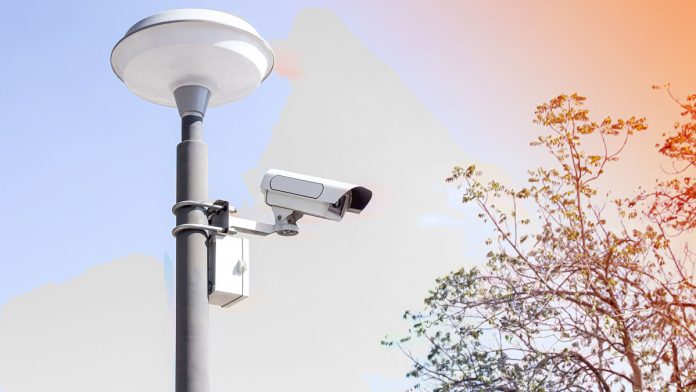Pole Mounting Cables Vs Burial.
Pole Mounting Cables – What’s SEN’s thinking on aerial cable installations vs burial? Is pole-mounting useful or would you recommend wireless if burying is too difficult?
A: We have reservations about aerial cable runs for security applications – getting cables underground is best practice when initial costs are taken out of the equation.
We tend to think that aerial cabling has the greatest level of risk attached to it, with vulnerability to vandalism, lightning strike, damage from excessive wind, failure of the physical mounting structure and damage caused by falling trees. Aerial cables aren’t particularly good to look at either.
On the positive side you can easily assess the health of an aerial cable run just by walking or driving along beside it and nothing’s easier than maintaining hung cables if you have the necessary lift gear. Installation is easier than digging new trenches too, especially if there are existing poles already in place.
But there are plenty of things to think about with aerial cable runs including the importance of ensuring that the cable is accessible by lifting equipment all along its length. Also vital to take into account with long aerial runs is an access road for spool vehicles. When cable runs span kilometres you can’t just carry the cable along and unspool it by hand.
Pole Mounting Cables Vs Burial
Then there’s load strength of the poles in place, use of rated suspension strands and the establishment of span lengths that don’t exceed 60 per cent of breaking strength when the cable run is under the wind load of storm conditions.
Storm conditions, or a whole gale, involve wind speeds from 48-56 knots, with violent storms having wind speeds between 56 and 63 knots. You also want to ensure that installed strand tension doesn’t go above 70 per cent of breaking point when a 136kg load is hung in the middle of a span.
Pole Mounting Cables-Veering off into the topic of pole height brings us to standards for utility and power poles in Australia – these are going to need to be taken into account to ensure your installation meets regulatory requirements in relation to height, distance from roadways, etc.
Sharing trenches or cable trays would definitely be a consideration and wireless links could certainly be useful. Prices for wireless have significantly decreased over the last 5 years and there are plug and play options of pro consumer grade gear that might be capable of handling your requirements.
Having said all this, greenfield burial is not easy or inexpensive, either – you need to consider all the options that will work on your site – that might include solar CCTV poles with wireless comms, SALTO access with SVN carried comms, very long range alarm sensors or remote 4G routers to aggregate signals.
You can find out more about power and utility pole standards in Australia here or read more SEN news here.
“Pole Mounting Cables Vs Burial.”












